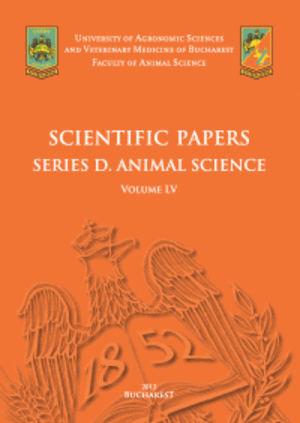Published in Scientific Papers. Series "Management, Economic Engineering in Agriculture and rural development", Vol. 25 ISSUE 2
Written by Sherif LUSHAJ, Enkelejda KUCAJ
The purpose of this paper is to analyze the major challenges associated with the administration and use of agricultural land in Albania from the pre-1950 period to 2023. Before 1950, 91.4% of Albania’s agricultural land was privately owned. From 1946 to 1968, nationalization policies created 420 agricultural cooperatives managing 75.7% of arable land, with 77 state enterprises controlling 21.4%. This resulted in significant land fragmentation and distribution across small plots. While decentralization aimed to empower farmers, it increased production costs, degraded land, and reduced soil fertility on nearly 30% of the land. Key issues include inefficient administrative changes, fewer than 50% of farmers with land ownership certificates, and informal urban expansion reducing agricultural land. Furthermore, land fragmentation—where 50% of farms are smaller than 1 hectare—has hindered the adoption of modern agricultural technologies and increased operational costs. Additionally, the country’s irrigation capacity has fallen by 50-60% compared to 1990 levels. Statistical data on land use, farm size, sectoral reports, policy documents, and national agricultural data are used. While a national land administration system and database have been established, the study highlights the need for better coordination among institutions and increased efforts to advance scientific research on soil protection, in alignment with EU directives. Addressing these challenges is crucial and more efficient and sustainable agricultural sector that can support Albanian long-term economic and environmental goals.
[Read full article] [Citation]

 Next Issue will be published according the the calendar.
Next Issue will be published according the the calendar.



